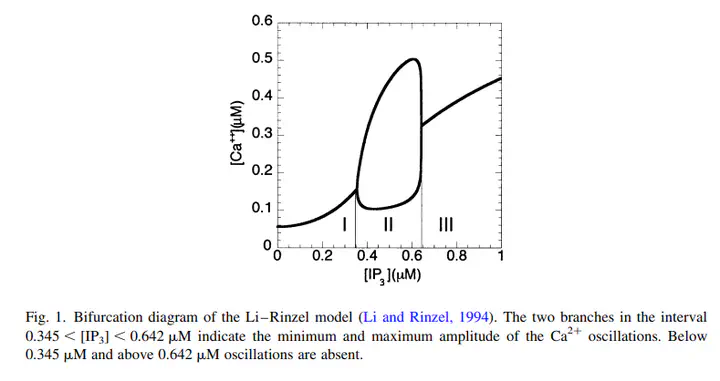
Abstract
This chapter reviews that billions of neurons, interconnected to a large network, perform numerous cognitive and regulatory tasks. Most work on the modeling of brain functions is based on the modelling of neuronal networks. The vast majority of cells in the brain, however, are nonneuronal cells or glial cells; about 90% of all brain cells are glial cells. Among the several types of glial cells, the astrocytes are known to carry out many important functions; several of them in interactions with neurons. The chapter highlights that astrocytes listen to neuronal chatter at the synapses and in turn can modulate neuronal dynamics at the same synapse or over some distance. As neurons fire, glutamate is released into the synaptic cleft that is partially lined by the metabotropic glutamate receptors of the synaptic astrocytes. Upon binding of glutamate to the astrocyte, inositol 1,4,5-triphosphate (IP3) is released into the intracellular space. IP3 in turn binds to the IP3 receptor of the endoplasmic reticulum (ER) and Ca2+ is released from the ER into the cytosol. As described in more detail below, such Ca2+ release can occur in forms of intracellular Ca2+ waves. The Ca2+ wave can propagate across the cell membrane, through the extracellular space into adjacent astrocytes. Elevated Ca2+ concentrations in synaptic astrocytes generate extracellular glutamate that can modulate the neuronal synapse by generating additional inward currents. The chapter also reviews recent progress in mathematical modeling of intracellular and intercellular Ca2+ signaling in general, and in the context of astrocytes and their control of synaptic plasticity.